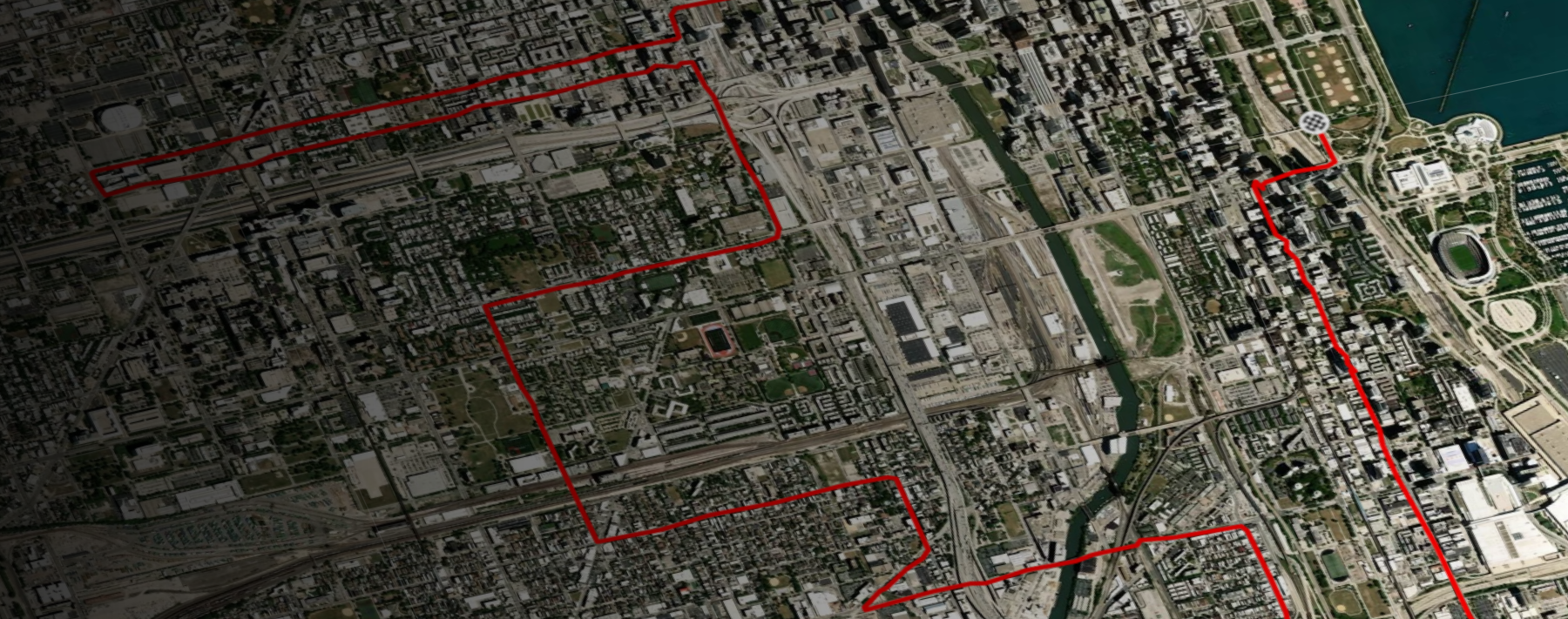People v. Garvin, 2017 (N.Y. 2017)
Sean Garvin committed several bank robberies by the time police found his fingerprint on a demand note used at one of the banks. The same day investigators matched the fingerprint to Garvin, officers went to Garvin’s home. They knocked, Garvin answered the door, and an officer told Garvin that he was under arrest. Garvin turned around and presented his hands for handcuffing while standing in the doorway. The officers didn’t enter the home to arrest Garvin.
After officers told Garvin his fingerprint and his girlfriend’s fingerprint were found on the demand note, Garvin admitted to the robberies. However, he later asked the court to suppress his confession, claiming he had been unlawfully arrested.
Garvin asserted the police had violated the rule of Payton v. New York (445 U.S. 573 (1980)). In Payton, the U.S. Supreme Court held “the Fourth Amendment … prohibits the police from making a warrantless and nonconsensual entry into a suspect’s home in order to make a routine felony arrest.” In other words, there is a hard and fast line drawn at the threshold of the home. To cross that line requires either a warrant or exigent circumstances. The prosecution has a particularly heavy burden of showing in court that an entry into a home to make a warrantless arrest is based on sufficient probable cause and exigent circumstances (Welsh v. Wisconsin, 466 U.S. 740 (1984)). A valid felony arrest warrant carries the inherent authority to enter the named suspect’s home. Though there are some exceptions, generally, an officer must have a search warrant to enter a third party’s home to arrest the suspect, even if the officer possesses an arrest warrant for the particular suspect (Steagald v. United States, 451 U.S. 204 (1981)).
Garvin correctly claimed there were no exigent circumstances because the officers had his home surrounded. He also asserted that the officers didn’t take the time to obtain a warrant because they wanted to interrogate him without counsel. Garvin then urged the court to require a warrant anytime a suspect is arrested at home (absent exigent circumstances).
The majority rejected Garvin’s arguments; as long as a suspect comes to the door voluntarily and opens the door, the suspect may be arrested. Only when officers cross the threshold to take the suspect into custody does the warrant requirement, or a legitimate exception thereto, apply.



